A website is an important tool for building your brand, either as an individual or a business. The way it looks, how easy it is to navigate, and how it ranks in the search engines all determine how many people visit and how long they stay. WordPress sites are an excellent choice for beginners as they are free to install and have fairly straightforward features. However, if you’re a WordPress newbie, you need to be careful about certain missteps and oversights. Here are 10 of the top mistakes beginners make with their WordPress sites.
1 Signing Up For the Wrong WordPress
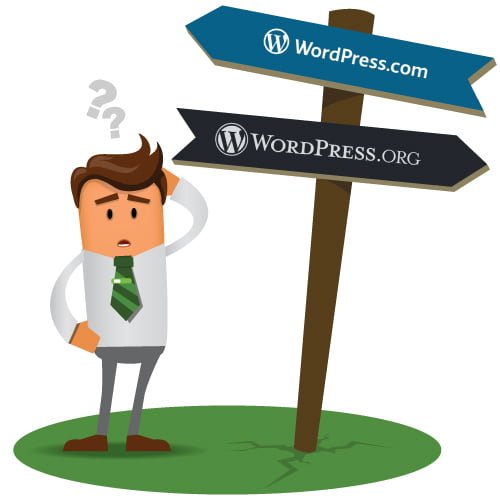
WordPress runs two distinct platforms: WordPress.com and WordPress.org. WordPress.com is a third-party hosting platform (similar to Tumblr, Wix, or Medium). WordPress.org, on the other hand, is self-hosted.
If you sign up for a free WordPress.com account, your site will be hosted on WordPress servers. To make matters even more confusing, there is a self-hosting option for WordPress.com. However, if you want to have maximum control over your site, it’s best to opt for WordPress.org. In this case, you need to acquire your own hosting. Fortunately, all of the major web hosting services provide tools for easy installation of WordPress.
2 Choosing the Wrong Domain Name
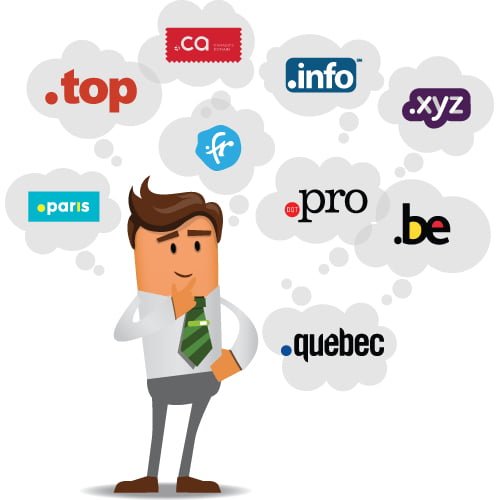
Your domain is the URL or digital address that visitors type in to access your website. It’s the foundation of your site and crucial for branding as well as optimizing your site for the search engines. Here are some common domain mistakes to avoid.
- Choosing a name that’s too long. You should select a name that’s easy to type in and remember.
- The domain name contains characters other than letters. In some cases, you may want to use numbers or even a hyphen in your domain name. For the most part, however, it’s best to stick to letters, which are easy to remember.
- Choosing the wrong TLD (top-level extension). There are currently many TLDs. The most common are .com, .net, and .org. It’s preferable to choose an extension that’s widely known. Domain sellers often put obscure and new TLDs on sale to tempt you. It’s better to pay a few extra dollars and get one that people will recognize. The only exception is if you want to use one that’s very specific to your industry or location.
3 Leaving Up the “Hello World” Message
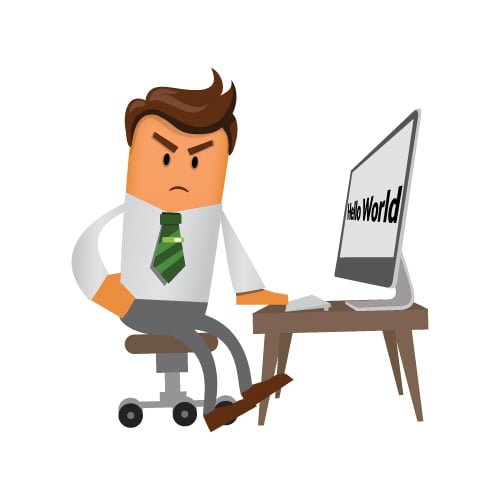
Websites often take longer to put together than you anticipate. As a result, some website owners start promoting their site before it’s actually finished. In WordPress, this means visitors see the default “Hello World” message. Because there are many thousands of incomplete websites displaying this message, it detracts from your branding just as you’re getting started.
It’s preferable to create a custom Coming Soon page that gives visitors a sneak peek into what your site is all about. You can also use this time to collect email addresses, link to your social media accounts, and provide other useful information about your business. There are several free or low-cost “coming soon” plugins that let you create a custom page for this purpose. These plugins are also useful to put your site into maintenance mode whenever you’re updating it.
4 Failing to Take Advantage of SEO Features
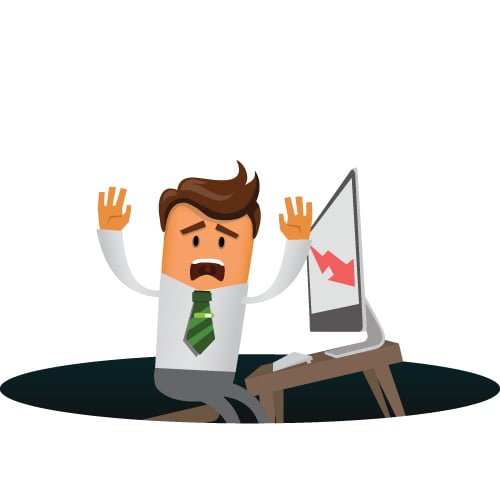
There are some good free WordPress plugins for SEO (search engine optimization) such as Yoast. However, you can optimize your posts and pages right from your dashboard even without plugins. Be sure to check off categories and tags for all your posts. By default, each post will be “uncategorized.”
Tags are keywords that are specific to each post. SEO plugins make it easier to use more advanced SEO tactics such as meta descriptions. If you fail to consider SEO, your site will be harder for Google to index, and you’ll miss out on valuable targeted traffic.
5 Using Stock Photos

It’s tempting when you’re starting out to grab free images that are relevant to your industry. However, this gives your site a generic look. For example, many business sites have familiar stock photos of smiling men and women in business attire standing around an office.
With a little effort or by making a small investment you can have your own custom images created. Another option is to use your own photographs. Even if you’re not a professional photographer, it’s better to have original images that differentiate you from the multitude of other sites out there.
Another reason to avoid stock images is that you may not have permission to use them. While there are many sites where you can find copyright free images, you still have to be careful. Many photos on Google Images, for example, are restricted, and if you use them without permission, you could face legal problems. Using custom images frees you of this concern.
6 Using Free WordPress Themes
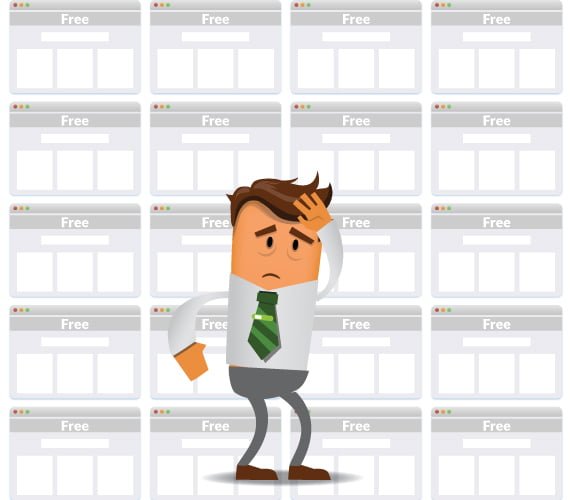
When you set up your WordPress site, you’ll be given a default theme. If you go to Appearances on your dashboard, you’ll find some other free themes you can choose. Third-party sites also offer free WP themes. If you want to brand and customize your site, however, you should not choose any of these options.
For a small investment, you can get a premium or custom theme that will help you create a unique website. Since the vast majority of WP sites use free themes, this is a simple way to stand apart. You’ll also find that premium themes are more secure and offer better support than free ones.
7 Using Too Many Widgets and Plugins
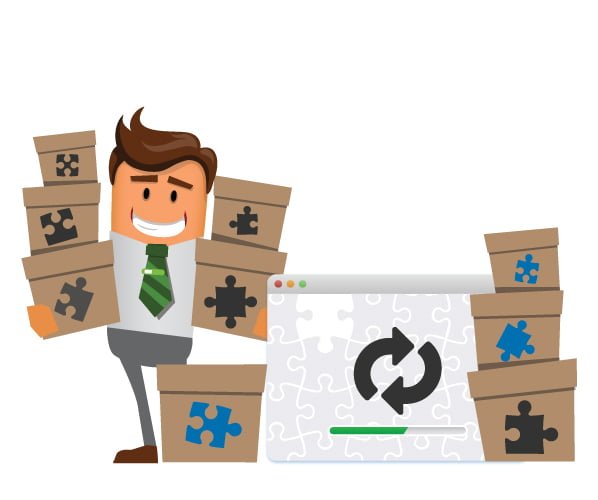
There are so many features available with WordPress that it’s easy to get carried away and overdo it. Widgets are available right on your dashboard and are useful for many tasks. There are, for example, widgets for social media, featuring most popular posts, getting visitor contact info, and many others.
Plugins are another way to add functions to your site. There are both free and paid plugins which can be easily installed from your dashboard. Both plugins and widgets, however, take up space and can clutter your site. Too many can even slow down page-loading speed. Use these features with discernment as you want to keep your site fast and easy to navigate.
8 Not Securing Your Site

WordPress sites, because they’re so popular, are often targeted by hackers. There are a few basic precautions that can help you keep your site safe.
- Always make sure you’re using the latest version of WP. If you aren’t, you’ll see a message and a recommendation to update.
- Install a security plugin
- Change your admin name to something unique. “Admin” is used by millions of users and is easy to hack.
- Install themes and plugins from trusted sources.
- Use a difficult password and only share it with those who absolutely need access.
- Keep themes and plugins updated.
- Create a custom log-in URL. The default login for your WP site is the name of your site followed by wp-admin or wp-login.php. This gives hackers an easy way to access your site. By using a custom URL, you make your site harder to hack. The simplest way to do this is to install a plugin such as WPS Hide Login.
- Backup your site regularly so you don’t lose your content in case your site ever does get hacked
9 Not Using SEO-Friendly Permalinks
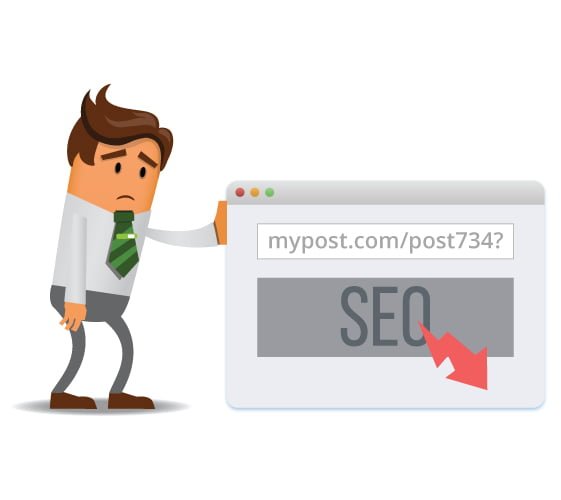
The permalink is the URL for posts and pages. For both clarity and SEO purposes, it’s best that the permalink closely matches the title of your page or post. Depending on the version of WordPress you’re using, the default structure may be different. Your post might look something like mypost.com/post734?. This type of structure looks messy and is not SEO-friendly.
You can set up permalinks on your dashboard. Choose the option that reads “post name.” This makes it easier for the search engines to identify your posts. To make the most of this fact, keep your post and page titles short and relevant. This gives your URLs a cleaner look and makes it easier for Google to index them.
10 Not Making Your WP Site Mobile-Friendly
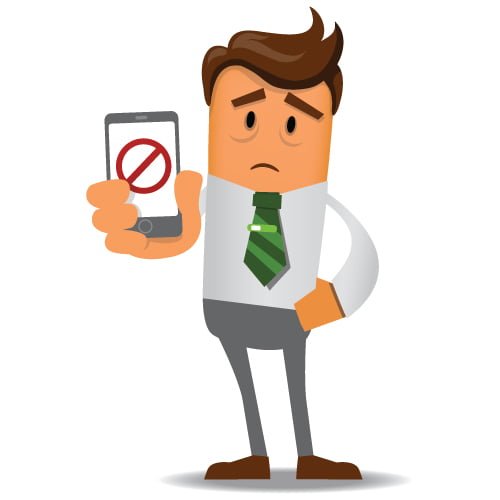
More and more people are using mobile devices. If you fail to make your site mobile-friendly, you’ll lose many potential visitors. Most WordPress themes are responsive, which means they are designed to work for all devices. Beyond this, there are some steps you can take to ensure your mobile visitors have a good experience on your site.
- Keep image sizes small. Larger images will take too long to load on mobile screens.
- Consider small screens when choosing fonts and layouts. Using very small font sizes will make text hard for mobile users to read.
- Avoid popups as these are especially annoying and time-consuming for mobile users.
- Break up text and paragraphs into manageable chunks. All your visitors will appreciate this but long unbroken paragraphs are even harder to read on small screens.
When used properly, WordPress is a user-friendly platform that’s ideal for newbies as well as more advanced website designers. If you make an effort to avoid the above mistakes, you’ll find that WordPress offers powerful features for building a popular, SEO-friendly website that helps you build your brand.
References
wordpress.org/plugins/coming-soon/
cmswire.com/web-cms/top-7-user-rated-wordpress-security-plugins/
wordpress.org/plugins/wps-hide-login/
On the same subject
The Top 10 WordPress Advertising Plugins for 2019
9 easy designer tips for non-designers
How to choose the perfect CMS for your website?